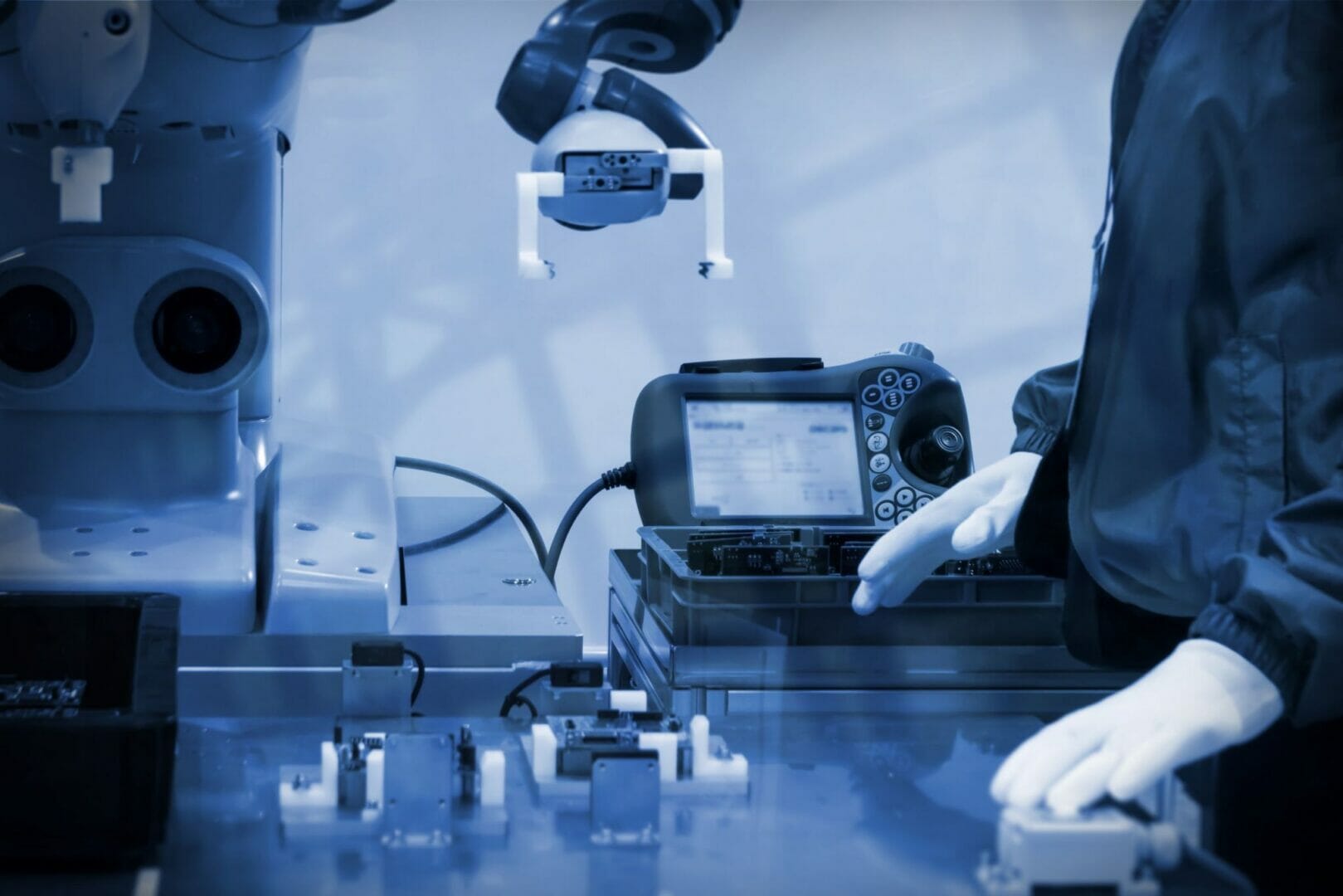According to a 2020 survey by Mckinsey Global, COVID-19 has caused companies to accelerate the digitalisation of their internal operations by three to four years. The surge in digital uptake will propel the robotics industry forwards, shaping its contribution to businesses in 2021. Here, Stewart Goulding, managing director at precision drive system supplier, Electro Mechanical Systems (EMS), explores the robotics trends to look out for in the sector this year.
With the pandemic causing every human interaction to carry a health risk, businesses have formed a greater reliance on digital equipment. To support social distancing requirements, automation has become an even greater business necessity.
Robots can withstand thorough cleaning at high temperatures and with harsh chemicals, minimising contamination points. While COVID-19 has highlighted the hygiene benefits of robot workers, they offer a number of other advantages that prove them to be a valuable investment throughout the pandemic and beyond.
Calling on cobots
Increasingly, robots that can work alongside human workers are being deployed into the workforce. Collaborative robots, or cobots, can supplement the work of human employees, performing monotonous and heavy-lifting tasks to give human workers more time to complete intellectually complex tasks that require creative thinking, decision making or problem solving. They can also ensure that separation and boundaries on manual handling are put into place to reduce health risks, without jeopardising productivity.
It’s for these reasons that the collaborative robot market is predicted to grow at a compound annual growth rate (CAPR) of 50.4 per cent from now to 2026. A number of new cobots are expected to be released in 2021, such as Shibaura Machine’s first cobots. The two new cobots are duo arm, with one being humanoid and the other a selective compliance articulated robot arm (SCARA).
Shibuara Machine’s humanoid robot can handle a 10kg payload with both arms, and is designed for human-machine collaboration in parts assembly and inspection processes. The SCARA cobot is suited to fast-paced handling applications, such as in electronics assembly.
Mobility matters
As robots become able to detect and react to human presence, they can safely adopt increased mobility to allow them to take on a greater role in business operations. Robot mobility is another large trend forecast for 2021, with the International Federation of Robotics (IFR) predicting the market value of logistics robots, the majority being autonomous mobile robots (AMRs), to continue strong growth of 40 per cent per year.
Mobile robots were initially deployed in warehouse and storage operations, where they could be used to transport goods. They have since made waves in the manufacturing sector in tasks such as machine loading and unloading and materials transport. Mobility technology has also enabled robots to take on roles outside industrial buildings, such as in delivery services, farming and hospitals.
For example, in Zealand University Hospital, Denmark, the Optimus robot from Mobile Industrial Robots (MIR) is helping with internal transportation of sterile disposable equipment across the 190,000 square metre hospital. The robot travels over ten kilometres (km) a week, and in doing so saves human worker steps, prevents equipment shortages and improves service.
Dependable design
To bring 2021’s predictions into reality, it’s important that design engineers choose high performance motors to ensure the robots perform effectively and with reliability.
EMS is the sole UK supplier of FAULHABER motors, which are all made in a high precision manufacturing process that makes them reliable and repeatable. The BXT series is particularly suited to cobot and mobile robot applications because of its flat construction, which adds minimal bulk to the system, allowing swift and precise movements. Despite its small size, the series can deliver class leading torque thanks to its innovative winding technology.
COVID-19 has forced workplaces to adapt to a new normal, and business operations are likely to be changed forever by the pandemic. Increased investment in automation won’t only support the industry as it navigates the pandemic, as clear productivity advantages will make robotic colleagues a long term feature on the factory floor.








